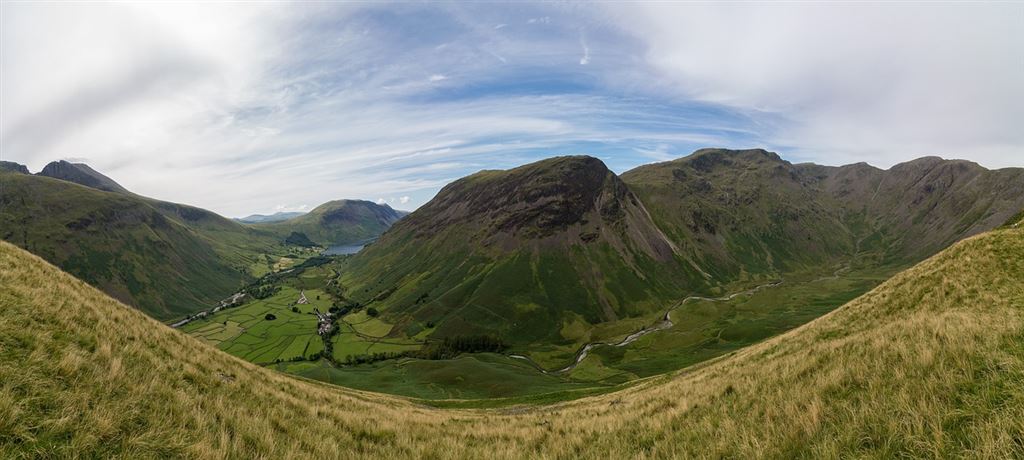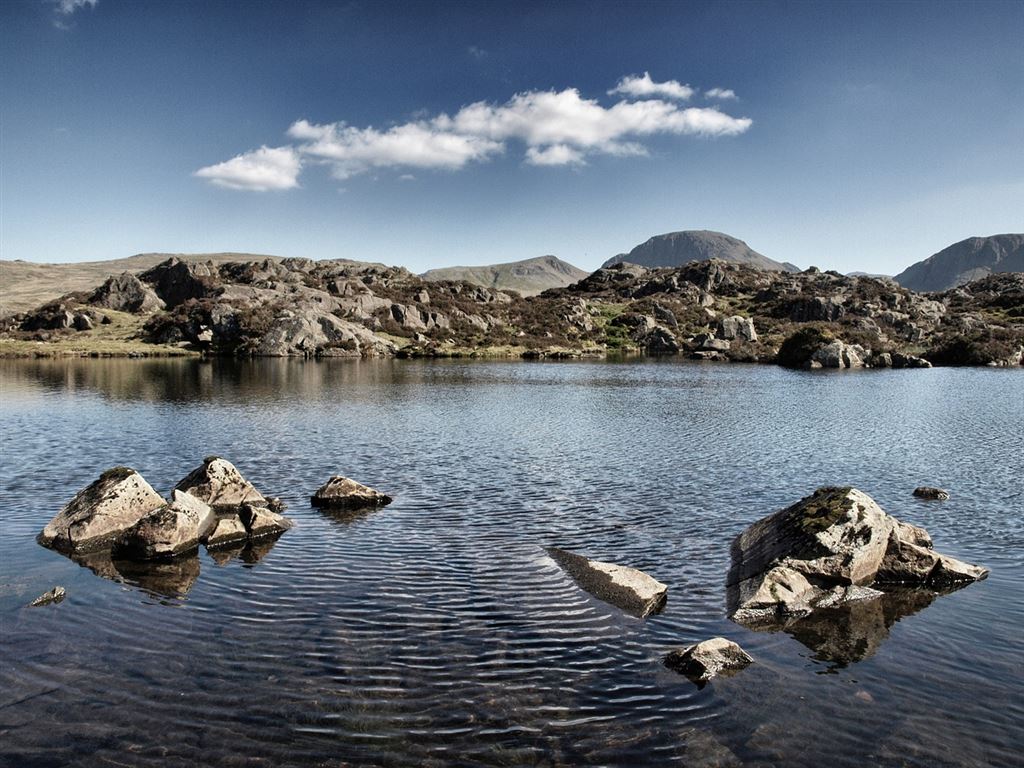Lake District National Park is spread across the vast majority of England's Lake District, and is the country's most frequented national park. The park is unique in that much of the ecology of the area has been affected by human presence. Lake District National Park contains farmland, commercial forestry operations, and residential settlements such as the towns of Ambleside, Bowness-on-Windermere, and Keswick. Still, there are many natural sites and wildlife spread throughout the park.

Views of the park's landscape provide evidence of glacial erosion, which created the area's dramatic scenery. The remarkable mountains -- often referred to as the Cumbrian Mountains or Lakeland Fells -- and rivers found in Lake District National park are among its most prominent geographical features, along with bedrock hollows, moorland, and glacial cirques. Scafell Pike, Helvellyn, Skiddaw, and Scafell are the tallest mountains in the area. Lake District National Park also contains many radial valleys, including Derwent, Buttermere, Ennerdale, Eskdale, and Dunnerdale valleys.

Grizedale Forest is in the park's southern region and contains a trail of more than 90 sculptures, most of which were made from natural materials found in the area. Lake District National park contains a small number of ancient woodland areas, which have continuously existed since at least 1600. Plant species in Lake District National Park include butterwort and sundew, which are two of England's native carnivorous plants. Atlantic liverwort and mosses, lichen, and ferns are also among the park's many types of flora. The park's woodlands are home to many of England's native species of animals, such as the red squirrel. The geographical diversity of Lake District National Park has allowed a large variety of fish, bird, and mammal species to thrive. Notably, the only nesting pair of golden eagles reside in the park. Peregrines, ravens, buzzards, redstarts, and dippers are other types of birds which can be found in the Lake District.
